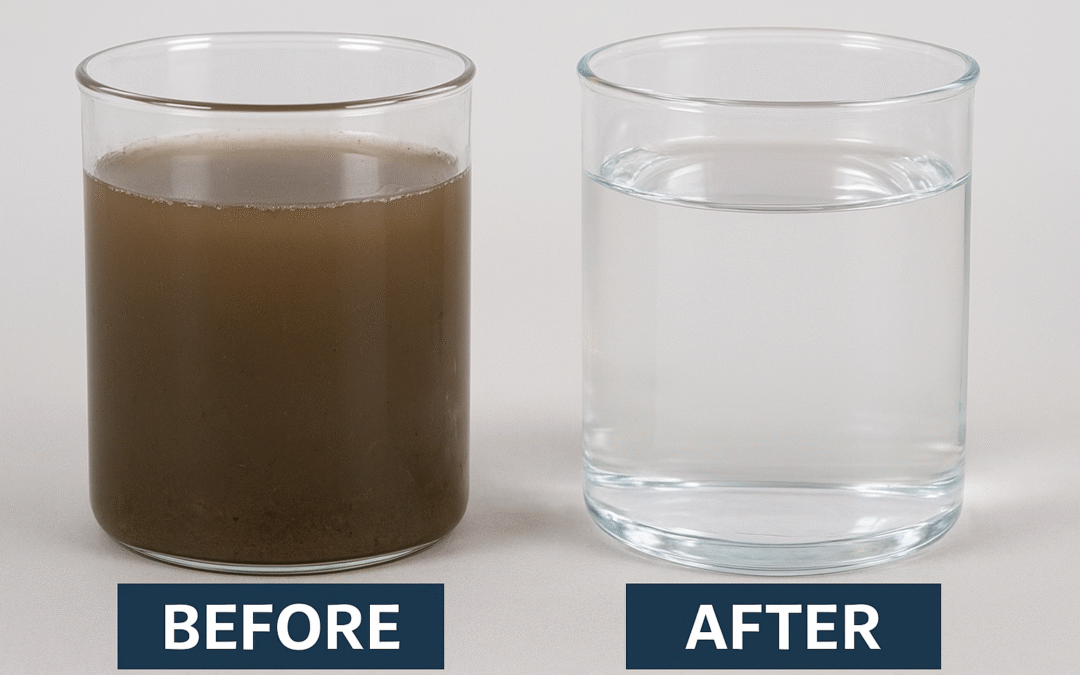
24 Jul, 2025 | Water Treatment
Oil sands operations in northern Alberta manage some of the most complex water treatment challenges in the world. Tailings ponds — vast containment areas holding a mixture of water, fine solids, clay, and residual hydrocarbons — can cover hundreds of hectares and hold...
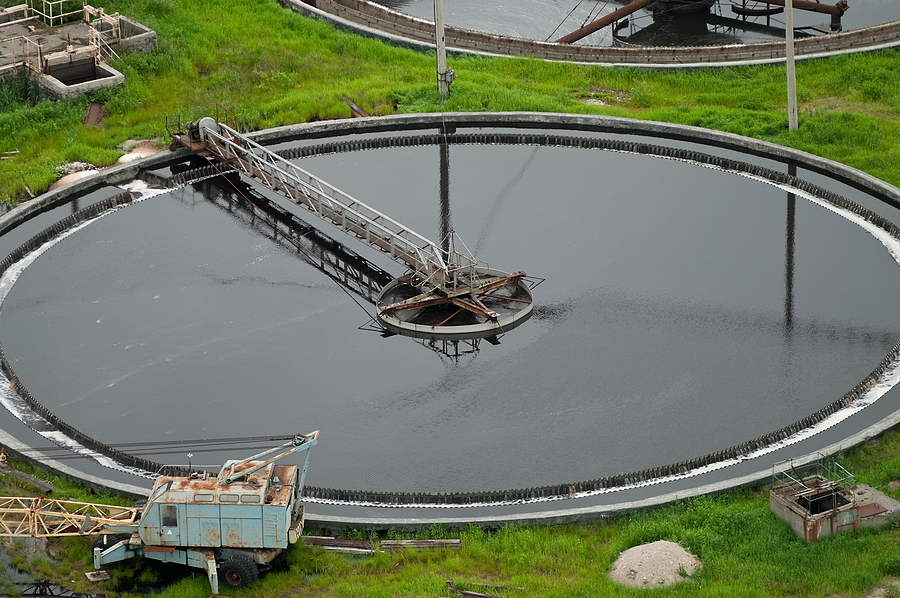
18 Jul, 2025 | Water Treatment
Industrial and infrastructure projects rarely stay static. What begins as a moderate-scale operation can quickly grow in scope, water volume, and environmental oversight. Without a flexible and scalable treatment plan, teams risk costly delays, compliance issues, and...
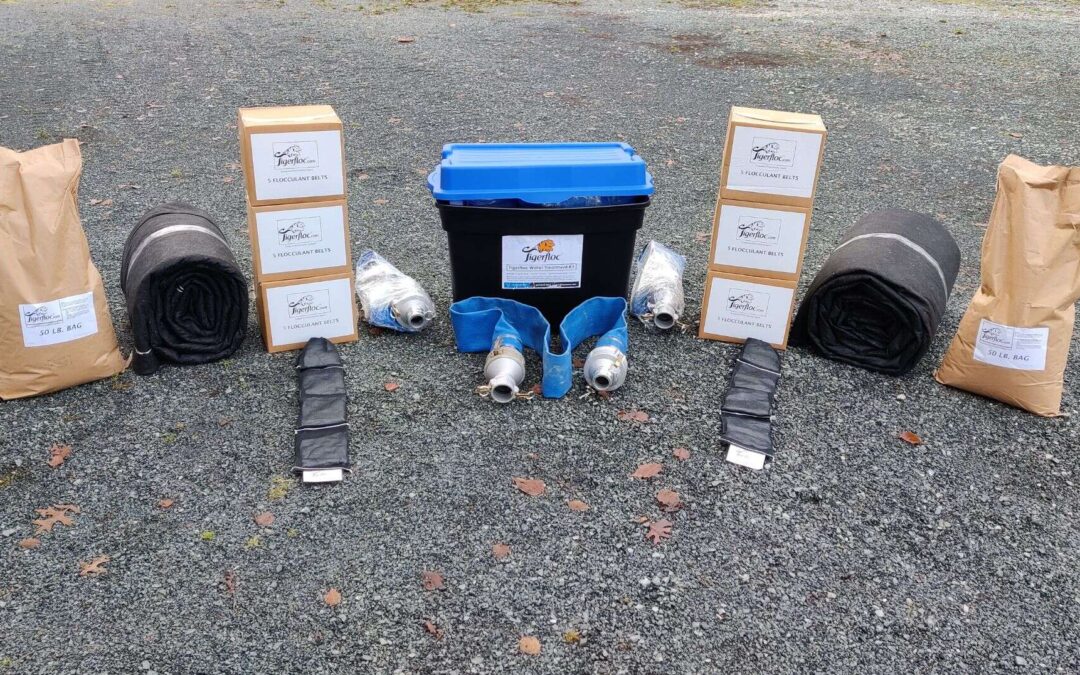
12 Jul, 2025 | Water Treatment
Large-scale water treatment projects require more than a standard off-the-shelf approach. High volumes, diverse contaminants, and strict environmental regulations all demand a solution that is designed with precision and backed by measurable performance data....
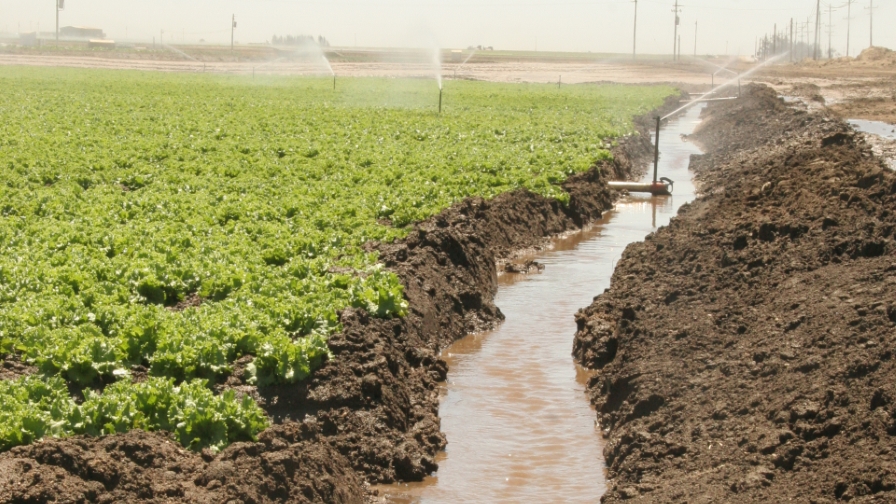
4 Jul, 2025 | Water Treatment
Agriculture is one of the largest users of water worldwide — and one of the most significant contributors to runoff entering rivers, lakes, and wetlands. In large-scale farming operations, especially in areas with variable weather and open soil, runoff can carry...
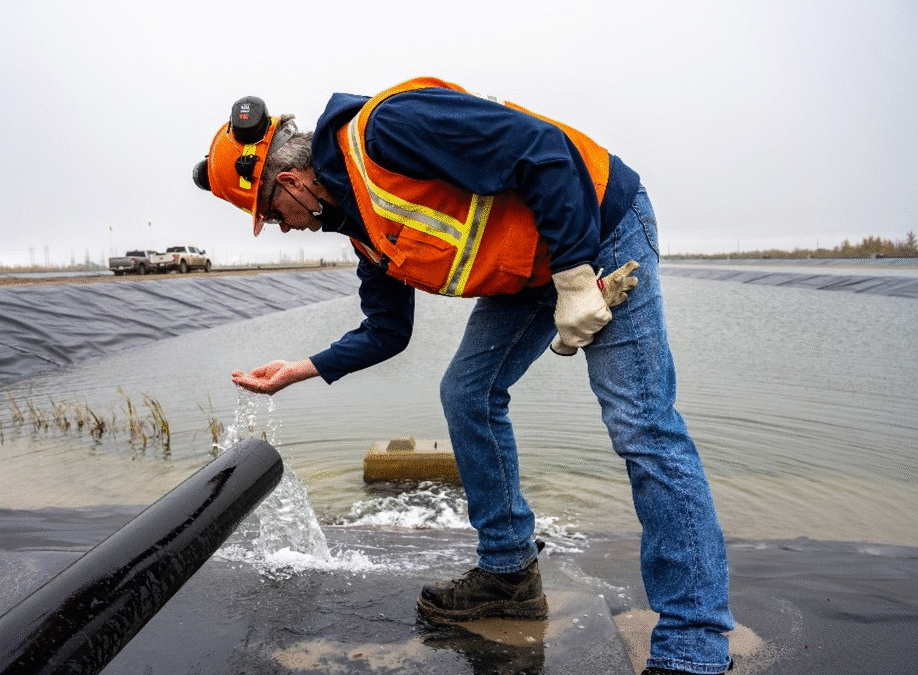
24 Jun, 2025 | Water Treatment
The oil sands of northern Alberta are one of the most significant energy resources in the world — and one of the most challenging environments for water management. Between massive tailings ponds, high sediment loads, hydrocarbon residues, and strict environmental...
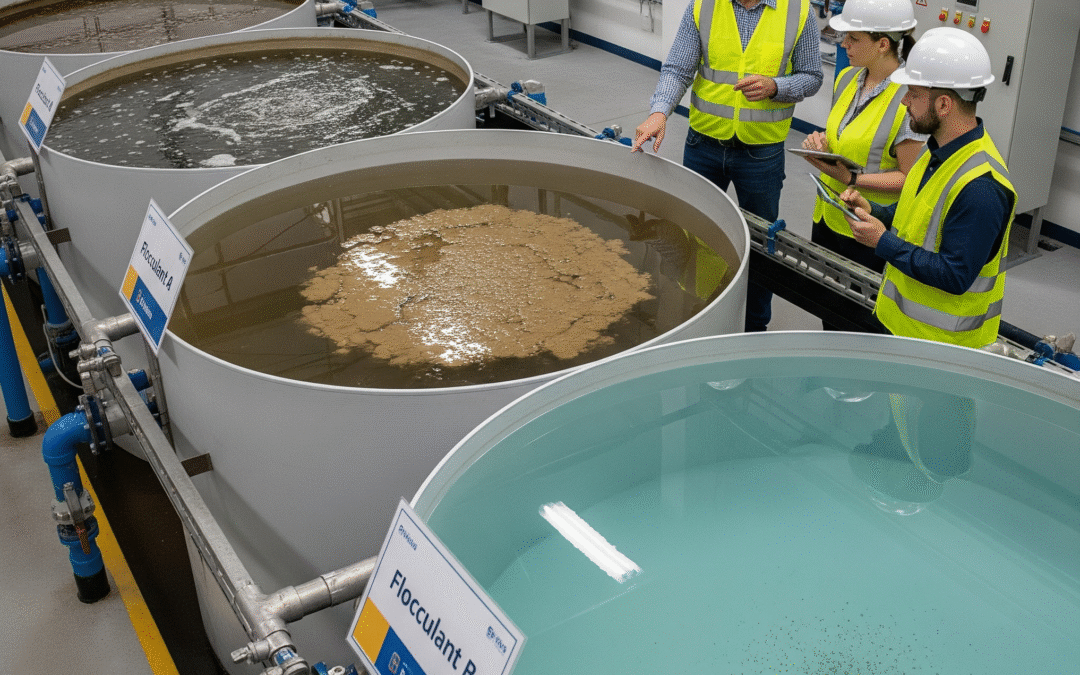
18 Jun, 2025 | Water Treatment
Flocculants are a cornerstone of large-scale water treatment, helping settle suspended solids and reduce contaminant levels quickly. In industries such as mining, oil sands, construction, and agriculture, choosing the right flocculant can have a direct impact on...








